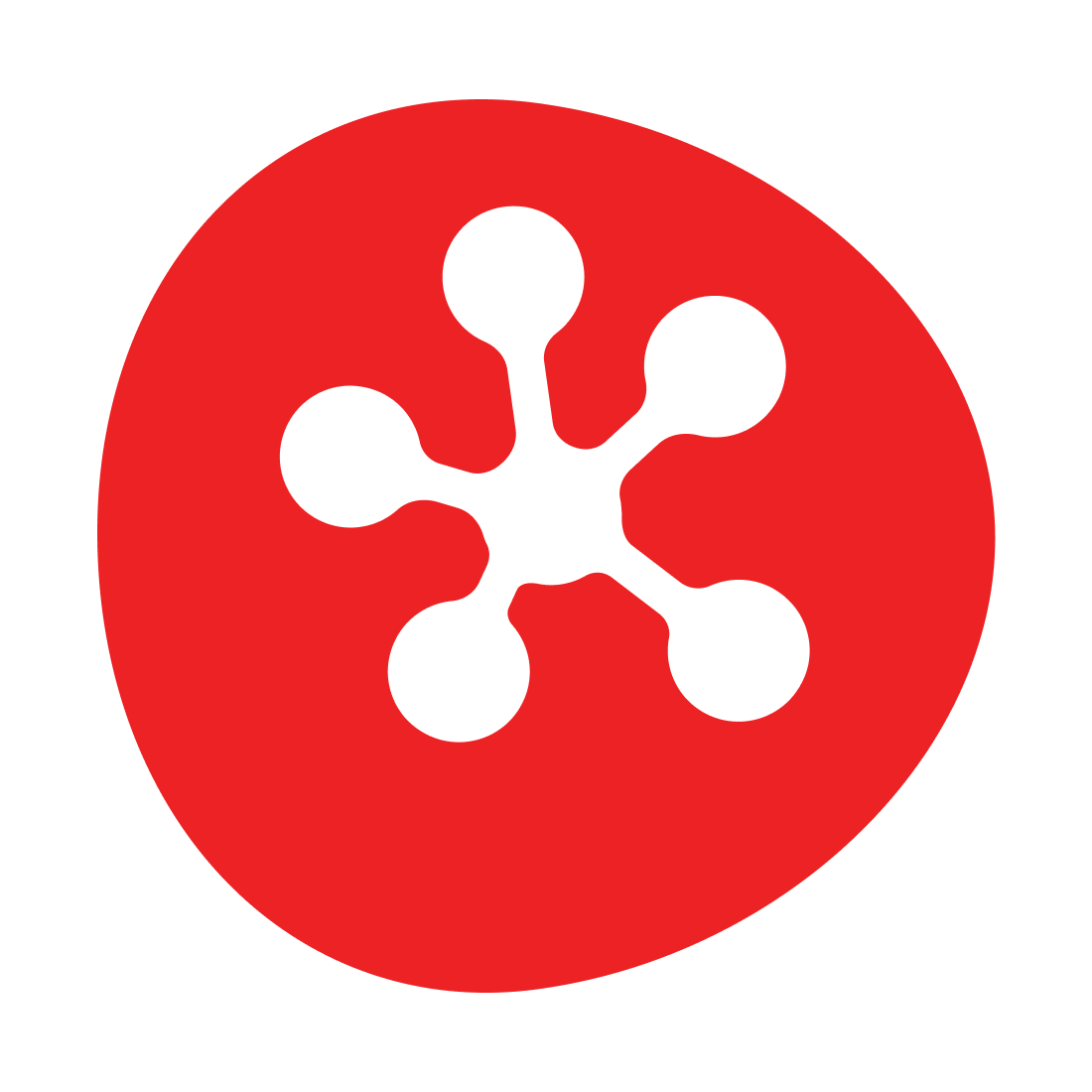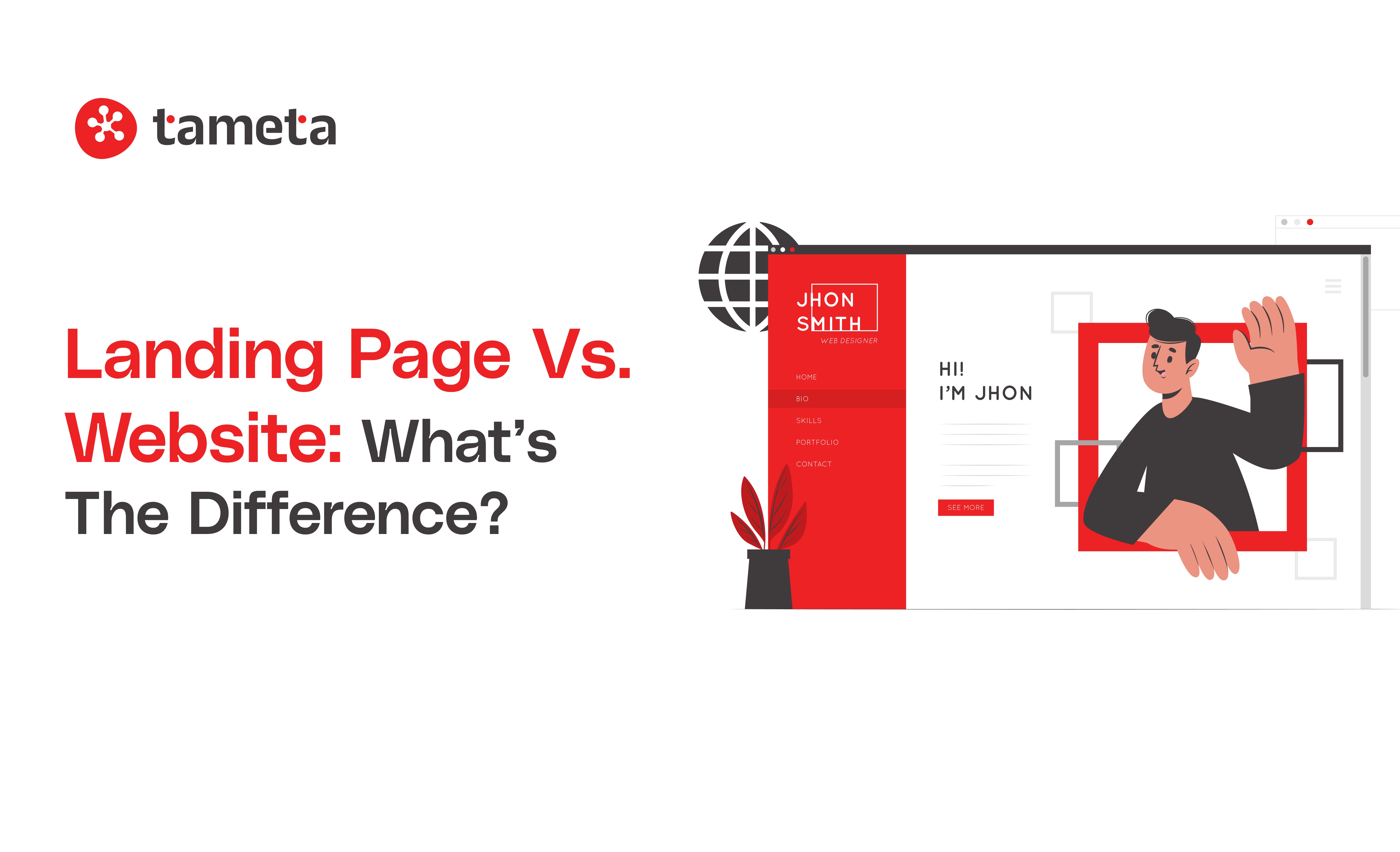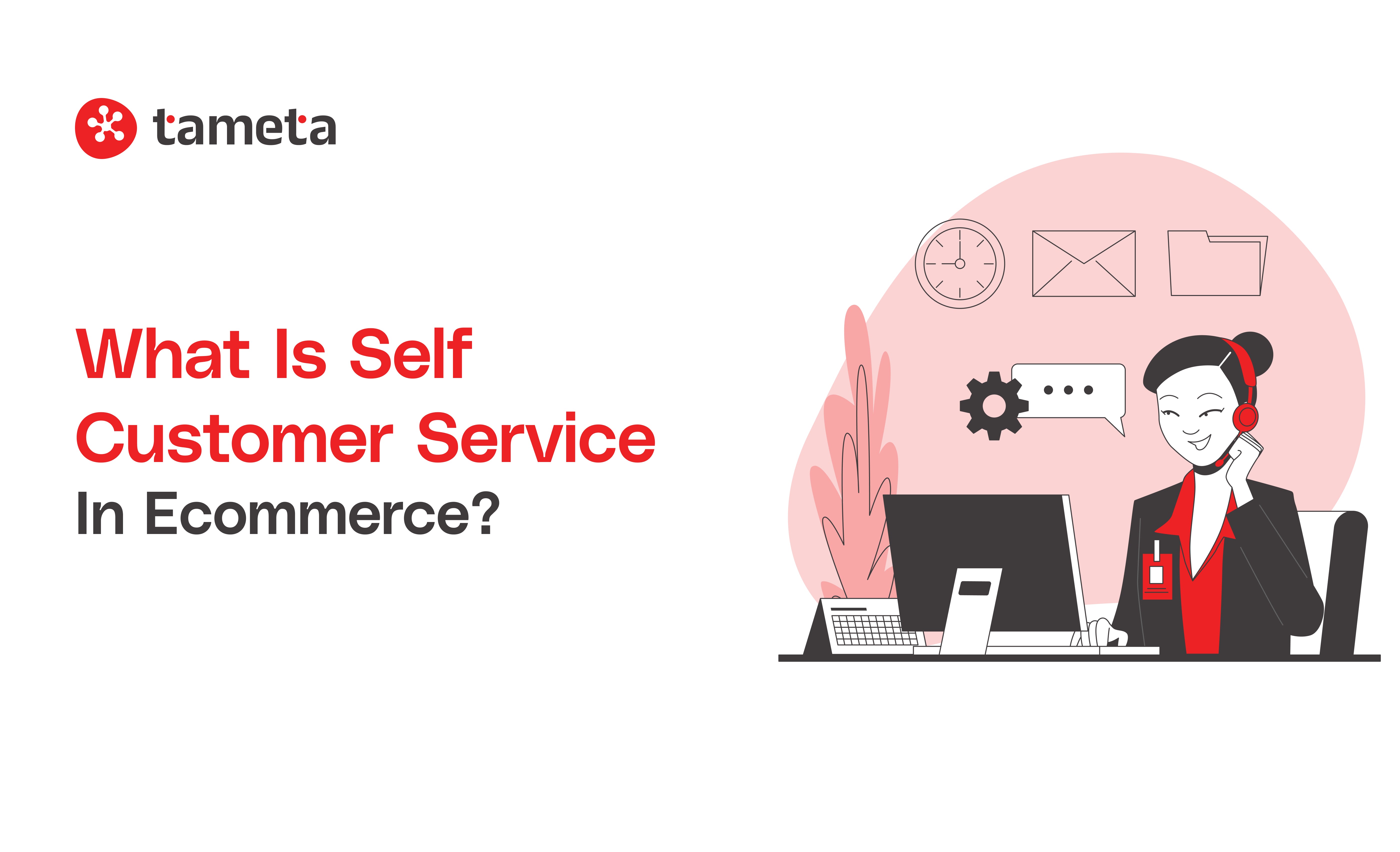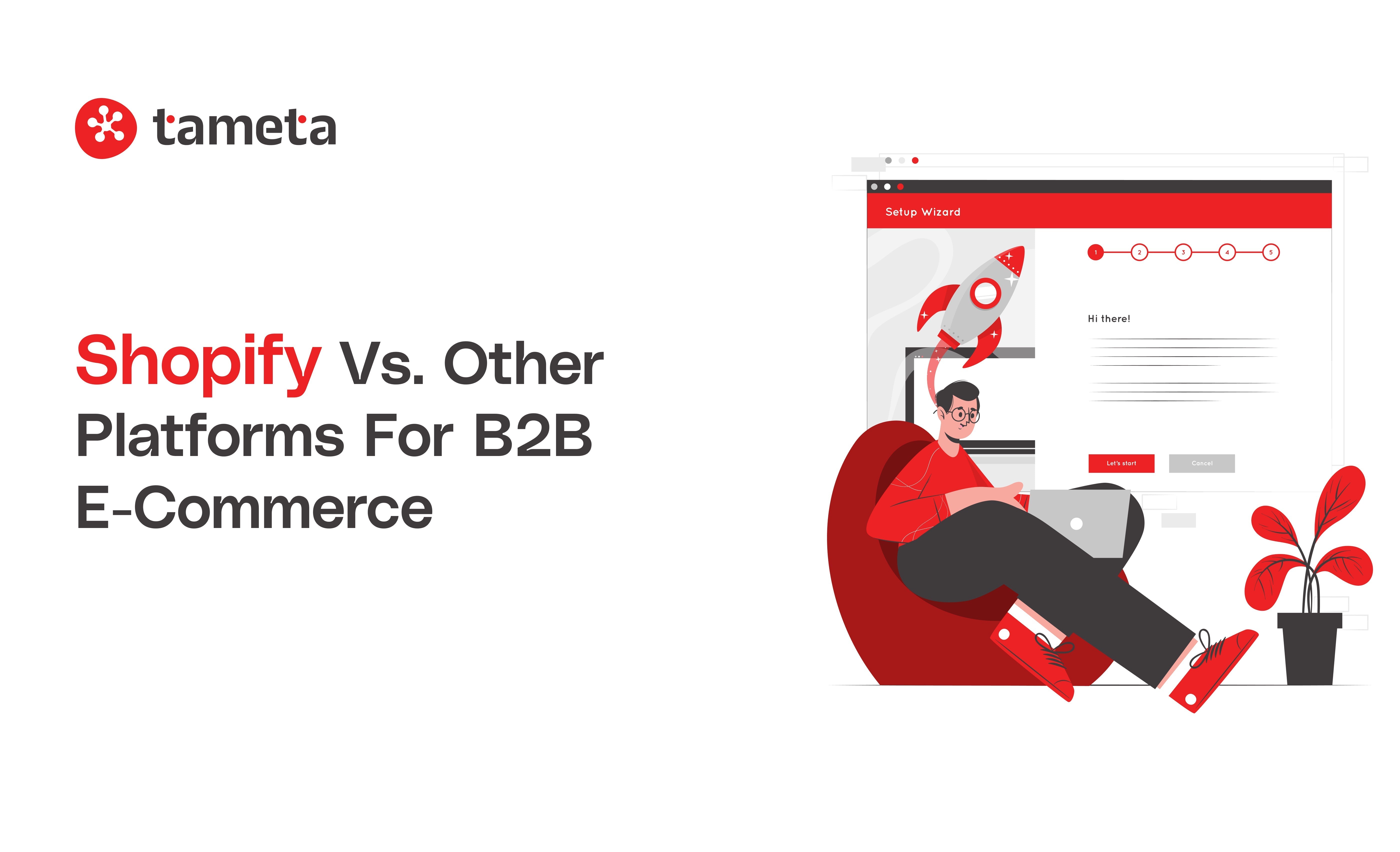When building an online presence for your e-commerce business, you’ll likely hear terms like landing page and website tossed around. But what exactly are they? And more importantly, what’s the difference between the two? Whether you're starting a new online store, running an e-commerce business, or trying to get more customers to your Shopify store, understanding the difference between a landing page and a website can make a huge impact on your success.
According to HubSpot, businesses that use landing pages as part of their marketing strategy see a 55% increase in leads. That’s a huge boost, which shows how important landing pages are for conversion!
Another study by Unbounce revealed that businesses with landing pages tailored to specific offers have conversion rates that are up to 5x higher than those with generic pages.
In this article, we'll explore the Landing Page vs. Website debate and explain each concept in simple terms. Let’s break it down and prepare you for your next online project!
What is a Landing Page?
A landing page is a single webpage that serves as a destination for visitors who click on a specific link. This link might come from an email, an ad, social media, or even a search engine result. When visitors land on the page, they are typically presented with a clear call-to-action (CTA) like “Buy Now,” “Sign Up,” or “Learn More.”
Key Features of a Landing Page:

-
Focused Content: A landing page focuses on one goal or action, such as getting someone to buy a product, sign up for a service, or download an e-book.
-
Simple and Clean: It is usually free from distractions and doesn't have many links that take users elsewhere.
-
Designed for Conversions: A landing page is designed to convert visitors into leads or customers. Its design and content are optimized for that one purpose.
Example for E-commerce:
Imagine you are running a Shopify store selling handmade shoes. You create a landing page specifically for a sale event, like “50% off on all summer shoes.” When people click on an ad or email, they land directly on this page where they can see the shoes on sale and click to buy. The goal is to get them to take action right there.
What is a Website?
A website is a broader page collection that includes information about a business, products, services, and more. It’s a place where visitors can explore multiple sections or pages. A website typically has a navigation menu, allowing users to go from one page to another. Websites are designed to provide a wide variety of content, including blogs, product pages, contact forms, and more.
Key Features of a Website:

-
Multiple Pages: A website can have several pages, including a homepage, about page, product pages, contact page, etc.
-
Navigation: Websites usually have menus that allow visitors to browse through different sections.
-
Informative: Websites are meant to provide detailed information about your business and what you offer.
Example for E-commerce:
If you have a Shopify store, your website might have a homepage, an about page, product categories, a blog, and a customer support page. The goal is not just to sell but also to inform, engage, and nurture relationships with customers.
Difference Between Landing Page and Website
The difference between a landing page and a website comes down to focus and purpose. Here’s a breakdown:
|
Feature |
Landing Page |
Website |
|
Purpose |
To get users to take one specific action |
To inform, educate, and engage users |
|
Content |
Focused on one product or offer |
Multiple pages with a variety of content |
|
Navigation |
Very limited, often just one CTA |
Full menu for easy navigation |
|
Conversion Focus |
Highly optimized for conversions |
Aimed at providing a full user experience |
|
Examples |
Sales page, promotional offer page |
E-commerce website, blog, contact page |
Landing Page vs Homepage: What’s the Difference?
The difference between landing page and homepage is often confused, but there is an important distinction:
-
Homepage: A homepage is the main page of a website. It usually provides an overview of the business, with links to various sections like product categories, services, blog posts, etc. It's like the front door to your store, giving visitors a glimpse of everything inside.
-
Landing Page: A landing page is much more focused. It is designed for a specific purpose or goal, like getting people to register for an event or buy a specific product. Unlike a homepage, it typically doesn’t have other distractions or links that lead to other parts of your website.
Example: Let’s say you own an online store for fitness equipment. Your homepage will have links to your top-selling products, customer reviews, blogs about fitness, and much more. Meanwhile, a landing page might focus only on selling a specific set of dumbbells with a special offer or discount.
Understanding Conversion Rates: Why Landing Pages Are Key
One of the main reasons landing pages are so popular for e-commerce businesses is that they help maximize conversion rates. The concept of a conversion rate refers to the percentage of visitors who take the desired action on your page, such as buying a product, signing up for a newsletter, or clicking through to another page. When it comes to e-commerce, the goal is usually to convert visitors into paying customers.
Why Do Landing Pages Work So Well for Conversions?
-
Focused Action: With fewer distractions and a single goal in mind, users are more likely to take action on a landing page compared to a homepage filled with links and other information.
-
Tailored Messaging: Since landing pages often link directly from specific ads or emails, the content on the landing page matches the messaging, making the page feel more relevant to the visitor.
-
Simplicity Equals Efficiency: The fewer the options, the better. Landing pages are designed to guide visitors toward one action—this focus reduces decision fatigue and increases the likelihood of conversion.
Tip: According to OptinMonster, the average conversion rate for landing pages is 2.35%, but the top 10% of landing pages see conversion rates as high as 11.45%. That means landing pages can provide a significant boost to your business when done correctly.
Website Design Best Practices for E-Commerce
While landing pages are excellent for focused conversions, your website plays a much broader role. The design and layout of your e-commerce website must provide visitors with an overall positive experience, encourage exploration, and build trust. Here's a breakdown of what makes a successful e-commerce website:
1. Easy Navigation
Your visitors should never feel lost when they visit your website. A clean, well-organized navigation menu is crucial for guiding them through different product categories, customer service pages, and informational content. Your e-commerce website should have a clear header, a search bar, and category filters to help visitors find exactly what they’re looking for.
2. Mobile Optimization
A significant portion of online shoppers (over 50%) now browse and make purchases from their mobile devices. If your e-commerce website isn’t optimized for mobile, you risk losing a major segment of potential customers. Ensure your website design is responsive. It should adjust smoothly to any screen size.
3. High-Quality Product Images
For any online store, product images are your best salesperson. According to BigCommerce, 93% of buyers consider visual appearance the key deciding factor when making a purchase. Ensure your website displays clear, high-quality product images, and include multiple angles and zoom-in features so customers can see the details up close.
4. Easy Checkout Process
Abandoned carts are a huge challenge for online stores. A lengthy or complicated checkout process can drive potential customers away. Keep your checkout process simple, secure, and quick. Offer multiple payment options like credit cards, PayPal, and even Apple Pay to make the process as smooth as possible.
Note: According to Baymard Institute, 69.8% of online shopping carts are abandoned due to a complicated checkout process. So, simplifying this step is crucial for boosting conversions.
5. Customer Reviews and Testimonials
Social proof plays a massive role in convincing customers to make a purchase. Having a reviews section on your product pages where customers can leave feedback will increase credibility. TrustPilot reports that 79% of people trust online reviews as much as personal recommendations. Encourage customers to leave reviews to build trust with potential buyers.
You May Also Like to Read this Article - Launching a New Brand - An Expert’s Tips for Maximum Impact
The Role of SEO in Landing Pages and Websites
Both landing pages and websites can benefit significantly from SEO (Search Engine Optimization) strategies. The goal of SEO is to help your pages rank higher on search engine results pages (SERPs), making it easier for potential customers to find your business.
SEO for Landing Pages
Since landing pages usually focus on specific products or promotions, they should be highly optimized for targeted keywords. Here’s how to enhance the SEO of your landing pages:
-
Use Long-Tail Keywords: Long-tail keywords are specific phrases that are often less competitive but highly relevant to the search intent of your audience. For example, "buy handmade leather shoes in India" is a better keyword than just "buy shoes."
-
Meta Descriptions: A well-crafted meta description can make all the difference in convincing someone to click on your landing page from search results. Ensure that it includes your primary keywords and a clear call to action.
-
Alt Text for Images: Since Google can’t "see" images, it uses alt text to understand what the images are about. Adding descriptive alt text will help with SEO and also improve accessibility.
Tip: According to Moz, long-tail keywords typically convert 2.5% more than broad keywords due to their specificity.
SEO for Websites
For websites, you have to optimize multiple pages for different keyword clusters. Here are a few SEO best practices for websites:
-
Optimize Page Speed: Fast-loading websites rank higher on Google. Use tools like Google PageSpeed Insights to check and improve your website’s speed.
-
Internal Linking: Use internal links to guide visitors from one page to another on your site. This helps improve SEO and allows visitors to find more of what they’re interested in.
-
Create Quality Content: Having a blog or knowledge base on your website can improve your SEO and provide value to visitors. Content marketing can help establish your brand as an authority in your niche.
Integrating Landing Pages and Websites with Email Marketing
Email marketing is one of the most powerful tools you can use to drive traffic to your landing pages and websites. Once you’ve attracted visitors to your site or landing page, nurturing those leads through email can convert them into loyal customers.
Using Landing Pages for Email Campaigns
-
Promotions: You can use landing pages as part of your email campaigns to promote limited-time offers or seasonal sales. By linking to these pages directly from your emails, you encourage subscribers to take immediate action.
-
Sign-Up Forms: Landing pages can also serve as email sign-up forms, collecting emails from new visitors interested in your updates, promotions, and product launches.
Email Marketing for Website Traffic
-
Product Launches: Send emails to your subscribers informing them of new product arrivals or upcoming sales. Link directly to relevant product pages on your website to drive sales.
-
Newsletter: Sending out newsletters with engaging content, including blog posts and special offers, can keep your website traffic flowing and increase customer retention.
Note: HubSpot reports that email marketing has an ROI of 42:1, meaning every dollar spent on email marketing can generate an average return of $42.
Why Choose Shopify Development for Your Business?
If you’re an e-commerce business owner, Shopify is a powerful platform that allows you to build both websites and landing pages. Shopify development allows you to create a seamless, professional online store without needing to know coding.
Here are some reasons why Shopify is great for both landing pages and websites:
-
Ease of Use: Shopify’s drag-and-drop builder makes it easy for business owners to create landing pages or entire websites.
-
Customization: You can tailor the design of both your landing page and website to match your brand's style.
-
Built-In Tools: Shopify has tools like email marketing, inventory management, and analytics to support your business.
As an e-commerce business owner, choosing a Shopify development partner can help you build an effective landing page and website that will increase sales, enhance user experience, and optimize your online business.
Tips for Creating Effective Landing Pages
-
Keep it Simple: Don’t overwhelm visitors with too much information. Focus on one action you want them to take.
-
Clear Call-to-Action: Make sure your CTA (e.g., “Buy Now,” “Sign Up”) is visible and compelling.
-
Use Testimonials and Reviews: Show that others trust your business. Positive feedback from customers can boost conversions.
-
Optimize for Mobile: Many customers browse on their phones. Make sure your landing page and website are mobile-friendly.
-
A/B Testing: Test different versions of your landing page to see what works best. For example, try changing the color of your CTA button or adjusting the headline.
Notes to Remember
-
Landing pages are used for specific actions like promotions, product launches, or special offers.
-
Websites provide a broad range of content, such as product categories, blogs, and about pages.
-
Shopify allows you to create both landing pages and websites, making it an all-in-one solution for e-commerce businesses.
-
Always ensure that your landing page is clear, concise, and conversion-focused, while your website should offer a full experience of your brand and products.
FAQS
1. What is a landing page?
- A landing page is a special page on your website where visitors land after clicking a link from an ad, email, or social media. It’s focused on one goal, like asking visitors to buy a product, sign up for a newsletter, or take advantage of a special offer.
2. What is the difference between a landing page and a website?
-
A landing page focuses on one thing—getting people to take a specific action, like buying something or signing up.
-
A website is a bigger collection of pages that show more information, like your store’s products, your about page, and customer support.
In short, a landing page is for focused goals, and a website is for everything your business offers.
3. Is a homepage the same as a landing page?
- No! A homepage is the main page of your website that gives visitors an overview of your business and different links to explore. A landing page, on the other hand, is a single page with a clear goal, like promoting a product or service.
4. Why do I need both a landing page and a website for my e-commerce store?
You need both because each serves a different purpose:
-
Your website helps people learn about your business and browse through your products.
-
Your landing page helps you focus on specific promotions or actions, like getting people to buy a product or sign up for a deal.
Both work together to make your online store successful!
5. Can I create a landing page using Shopify?
- Yes, you can! Shopify lets you create both landing pages and a full website. You can design landing pages for special offers, sales, or promotions, and have a complete website where customers can shop, learn about your business, and contact you.
Conclusion
Now that you know the difference between a landing page and a website, it’s clear that both have an important role to play in your e-commerce strategy. Landing pages are ideal for specific goals like driving sales or capturing leads, while websites are essential for creating a full, engaging customer experience.
As an e-commerce business owner, understanding when and how to use each one is key to boosting your sales and growing your brand. Whether you’re using Shopify for your online store or building a custom website, make sure you’re creating pages that speak directly to your customers’ needs and drive them to action.
Looking to grow your online store? Tameta Tech is here to help! As your trusted Shopify Development Partner, we’ll create stunning websites and high-converting landing pages to boost your sales. Let's build your dream store today and make your e-commerce business grow! Contact us now!












